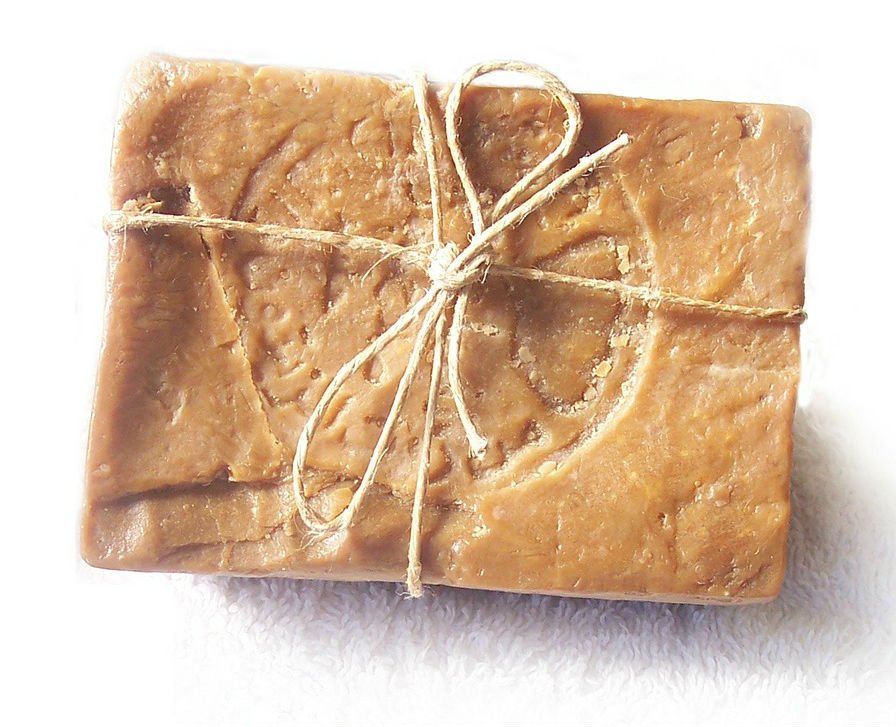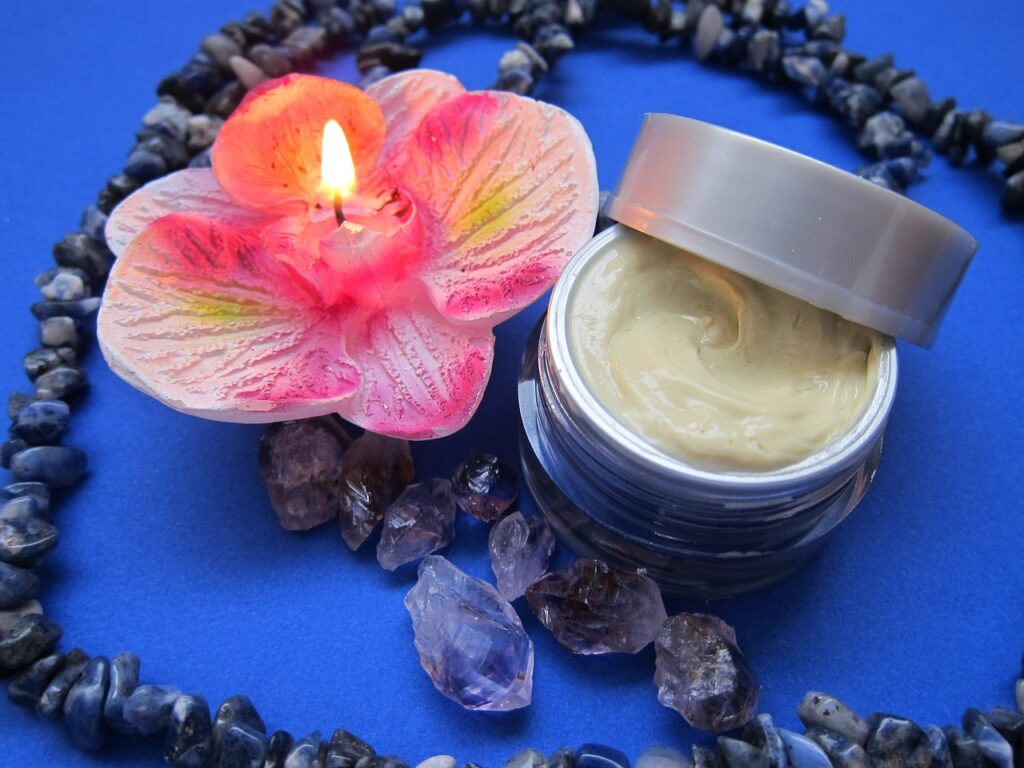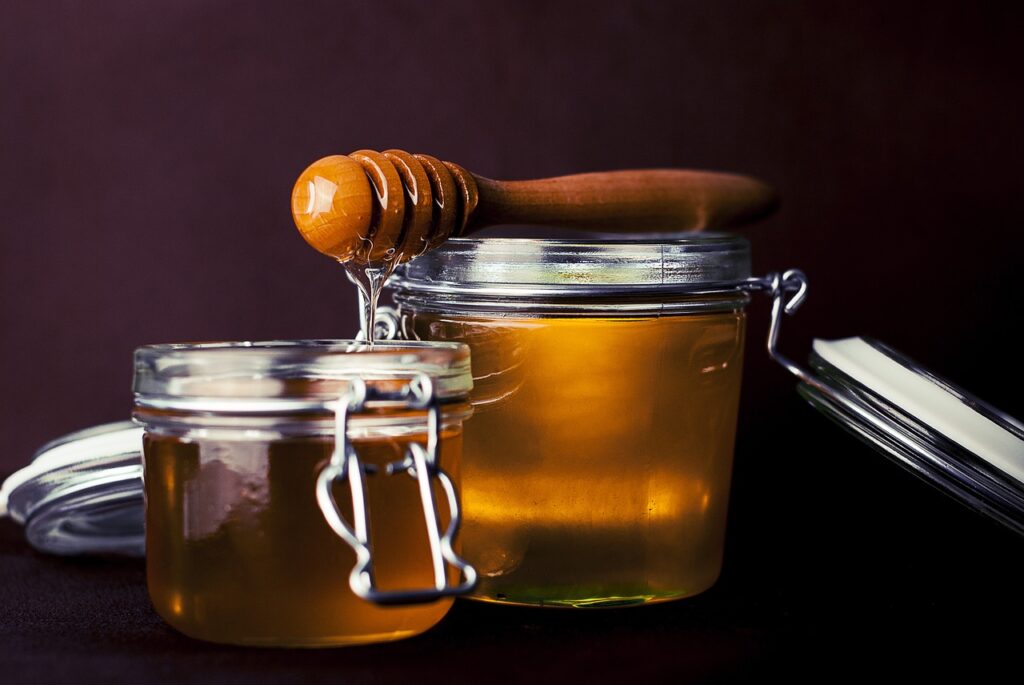What is Tallow? – Natural Solution for Beautiful Skin
If you love using all-natural skincare products, you already know they’re often safer and gentler for sensitive skin. But what happens if you can’t use common ingredients like coconut oil or almond oil because of allergies? Fortunately, there’s another natural option that’s been trusted for generations: tallow.
- Beef Tallow Properties
- Compatibility of Tallow with Human Skin Biology
- Tallow Beauty Recipes
- Tallow for Skincare: FAQs
- What is Tallow?
- Why is Tallow considered good for the skin?
- Can Tallow be used on all skin types?
- How do you use Tallow in your skincare routine?
- Is Tallow skincare better than plant-based alternatives?
- How can Tallow benefit dry skin?
- Does Tallow clog pores?
- Can Tallow help with skin conditions like eczema?
- Is Tallow an ethical skincare choice?
- How does Tallow compare to synthetic moisturizers?
If you have sensitive skin, chances are most store-bought skincare products don’t work well for you. Many contain harsh chemicals, synthetic fragrances, and preservatives that can irritate or dry out the skin. That’s where tallow comes in. Though it’s more commonly known as a cooking ingredient, this simple, old-fashioned fat is also an excellent skincare remedy.
It may surprise you to learn that something sitting in your kitchen could become one of the best skincare ingredients you’ve ever tried. Believe it or not, tallow nourishes the skin in a way few other natural ingredients can.
Beef Tallow Properties
Tallow is simply rendered fat from animals, most often from beef. While it might sound unusual to use animal fat in beauty products, it’s actually quite common. Tallow can already be found in products like lipsticks, eye shadows, shampoos, and some moisturizers. The problem is that many commercial products use low-quality tallow or mix it with harsh synthetic ingredients.
High-quality, grass-fed beef tallow is different. It’s a nutrient-rich, natural fat that closely resembles the oils our skin produces, making it highly compatible and nourishing. Many large beauty brands use tallow because it’s cost-effective, but when sourced properly, it’s also one of the most skin-friendly ingredients available.
Tallow is composed of roughly 42% monounsaturated fat, 50% saturated fat, and 4% polyunsaturated fat. It’s highly stable and more resistant to heat damage than unfiltered coconut oil or lard. Grass-fed tallow also contains conjugated linoleic acid (CLA), a compound known for its anti-inflammatory and potential cancer-fighting properties. (Source)
Compatibility of Tallow with Human Skin Biology
Some people avoid using animal-derived ingredients in skincare, which is understandable. However, for those who are open to natural animal-based products, tallow can be an incredibly effective and sustainable choice. When animals are humanely and responsibly raised, using every part of the animal, including the fat, helps reduce waste and honors the principle of full use. In this way, tallow becomes both ethical and practical.
Tallow and human skin share a remarkable biological compatibility. The outer layer of our skin is made up of cell membranes that contain about 50% saturated fat. This means healthy skin naturally relies on fat for structure, flexibility, and moisture retention. Tallow mirrors this composition almost perfectly, being rich in both saturated and monounsaturated fats. As a result, it absorbs easily into the skin and nourishes it deeply without clogging pores.
In addition, tallow is rich in fat-soluble vitamins A, D, E, and K, all of which play vital roles in skin health and repair. It also contains palmitoleic acid, a compound known for its antimicrobial properties, which can help protect skin from irritation and infection.
In short, tallow supports your skin in the same way nature designed it to function: by replenishing and protecting it with the very nutrients it understands best. (Source)
Tallow Beauty Recipes
Well, our verdict is that tallow is very beneficial for skin care. So, if you’re ready to try out this natural skincare remedy for yourself, that’s great because you will love the results. Here are some homemade skin care products that you can easily make to incorporate tallow into your daily beauty regimen.
Tallow Lotion Bars

Tallow lotion bars make skin feel silky and smooth while also soothing any existing skin irritation. These lotion bars can also be used as an effective remedy for mild sun protection (but not a replacement for sunscreen), because of the fat-soluble content of tallow and the natural SPF properties of shea butter. It’s also effective in treating skin with eczema scars and scratches.
Ingredients:
- 1/3 cup of shea butter, cocoa butter, or mango butter
- 2 tablespoons of beeswax
- 20 drops of essential oil of your choice – citrus oil, lavender, peppermint, or almond oil
- 1/3 cup of beef tallow (grass-fed)
Instructions:
- In a quart-size mason jar, combine all the ingredients except the essential oil. Place this mason jar in a saucepan with water.
- Bring the water in the saucepan to a low simmer. Constantly stir the ingredients to melt and combine them evenly.
- When they’re melted and mixed, remove from the heat. Add the essential oil and stir.
- Pour the mixture into the soap mold of your choice. Allow to settle and harden.
Once you have your own tallow lotion bars, store them in a cool, dry place. Feel free to place them inside your dresser drawer or wherever you keep other beauty supplies. Also, they have a shelf life of 6 months or even longer. Once they’ve hardened and are cool enough, just rub your new lotion bars directly onto your skin as part of your beauty regimen.
Lotion bars can be used in the same way that you’d use body butter, the only difference being that they’re in solid form.
Whipped Tallow Facial Cleanser

Tallow is also a great oil cleansing product because of the basic chemistry principle of “fat dissolves fat”. It can clear your pores from bacteria and dirt and gives your skin protection and nourishment. With continuous use and proper application, this whipped tallow facial cleanser will normalize your skin chemistry.
If you have problems with your skin being oily, dry, sensitive, or acne-ridden, these lotion bars can be made according to your specific skin needs.
Ingredients:
- ½ cup beef tallow
- Castor oil (1-2 tsp. OR 1 tbsp).
- 10 drops of essential oils of your choice
Instructions:
- With a hand or cake mixer, whip up the tallow until it reaches a fluffy consistency.
- Once it’s all whipped up beautifully, add the castor oil. The amount of castor oil depends on your skin type. For oily or acne skin, pour in 1 tablespoon. For dry skin, put 1 teaspoon. For balanced or normal skin, put 2 teaspoons. It’s always safe to use a lesser amount of castor oil at first, then add more later according to your needs.
- Add the essential oil to enhance the scent according to your liking. You can also use a specific kind of essential oil depending on your skin type as well. For oily skin, you may use lavender, clary sage, bergamot, or geranium; for sensitive skin, use helichrysum or roman chamomile; for dry skin or anti-aging, use lavender, rosemary, roman chamomile, or sandalwood; and lastly, for acne, use cedarwood, sandalwood, or helichrysum.
- Continue to whip until everything reaches a fluffy and creamy consistency.
Here’s how to use this amazing cream:
- Scoop out some whipped tallow facial cleanser with your fingers and gently rub it on your face. Cover your entire face with a thin layer and massage it lightly.
- Then, cover your face with a hot washcloth and keep it in place until it cools. This steams the facial cleanser into your pores.
- After steaming your face, rinse the washcloth and gently pat your face. Continue this process of rinsing and patting until the cleanser has been removed from your face. Do not rub!
- Pat dry, and you’re finished!
Now, your face is clean and moisturized without stripping your skin of all the oils it needs to remain healthy. With proper and consecutive application, your skin will improve and balance its natural oil content without the use of harsh chemicals. If you find that the cream cleanser is too oily or not oily enough, simply adjust it to your preference.
Tallow is an amazing skin-care ingredient for healthy skin. If you want your skin to glow, if you want to use the “oil-cleansing” method, or if you have sensitive skin, you’re missing out if you haven’t tried using tallow.
Tallow for Skincare: FAQs
What is Tallow?
Tallow is rendered fat, most commonly from cattle or sheep, used in both cooking and skincare. In skincare, it’s valued for its similarity to human skin oils, providing deep, lasting moisture and natural nourishment.
Why is Tallow considered good for the skin?
Tallow is packed with vitamins A, D, E, and K, along with essential fatty acids that help restore and protect the skin barrier. Its structure closely matches the natural lipids our skin produces, allowing it to absorb easily and support healthy skin balance.
Can Tallow be used on all skin types?
Yes, most skin types tolerate tallow well. It’s especially beneficial for dry or sensitive skin, but always patch test first to make sure your skin responds positively.
How do you use Tallow in your skincare routine?
Use tallow as a moisturizer by applying a small amount to clean skin and massaging it in until absorbed. It’s also found in soaps, balms, and body creams. Some people even use it as an overnight face treatment or to soothe rough areas like elbows and heels.
Is Tallow skincare better than plant-based alternatives?
That depends on your personal needs. Tallow is naturally rich in nutrients and matches human skin lipids closely, while plant-based oils like jojoba or argan provide excellent vegan options. Both can be highly effective depending on what your skin prefers.
How can Tallow benefit dry skin?
Tallow is an excellent emollient that softens, moisturizes, and restores dry skin. Its fatty acids replenish the skin’s natural oils, improving hydration, elasticity, and smoothness.
Does Tallow clog pores?
Pure, high-quality tallow is generally non-comedogenic, meaning it won’t clog pores for most people. However, as with any skincare ingredient, individual reactions can vary, so start with a small area first.
Can Tallow help with skin conditions like eczema?
Yes, tallow’s anti-inflammatory and nourishing properties may help calm irritated or dry skin and support healing. For chronic or severe eczema, it’s best to talk to a dermatologist before using any new product.
Is Tallow an ethical skincare choice?
Tallow can be considered sustainable because it’s a byproduct of the meat industry, helping reduce waste. When sourced from grass-fed, humanely raised animals, it aligns well with natural and low-impact living values.
How does Tallow compare to synthetic moisturizers?
Unlike synthetic moisturizers filled with preservatives or artificial fragrances, tallow is natural, nutrient-dense, and compatible with human skin. It provides deep hydration without harsh chemicals, making it a simple, time-tested choice for clean skincare.


